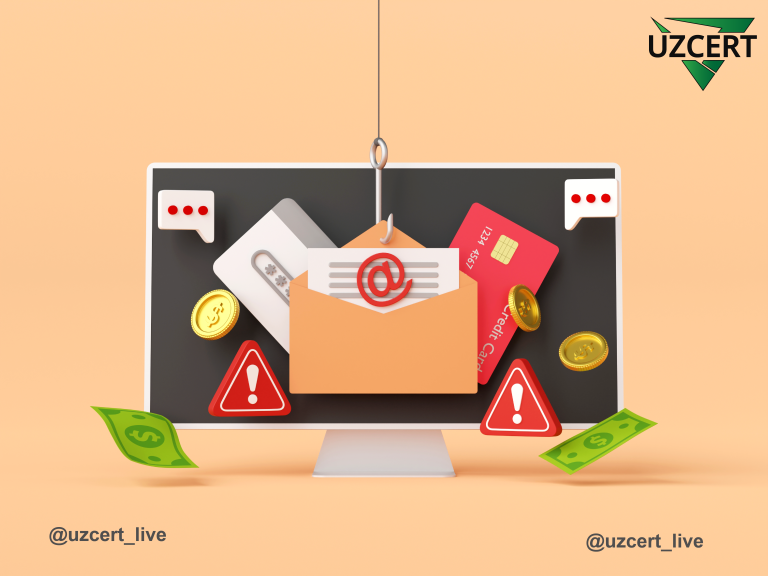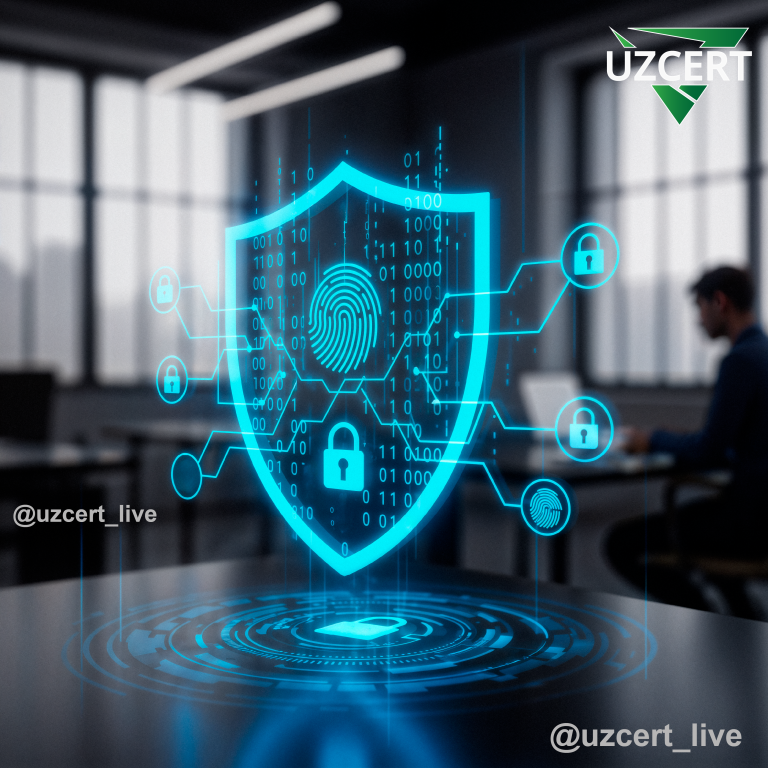
Automating Threat Intelligence: Modern Tools and Approaches for 2025
As the scale and complexity of threats in the field of information security continue to grow, by 2025, organizations are increasingly relying on automated technologies to combat these threats. Today, Threat Intelligence (TI) has become not just a tool for updates, but a technological revolution and a necessity in ensuring cybersecurity.
Traditional, manual intelligence-gathering methods have become ineffective against modern, real-world threats. Security teams are overwhelmed with thousands of Indicators of Compromise (IOCs), constantly evolving attack vectors, and a shortage of skilled professionals. In such conditions, automation allows for scalable threat analysis, faster response, improved accuracy, and optimal resource utilization.
Artificial Intelligence (AI), Machine Learning (ML), and orchestration platforms form the foundation of automated systems. These technologies integrate internal logs, open-source data, and commercial threat intelligence to identify, prioritize, and neutralize threats in real-time.
Core Technologies
1. Artificial Intelligence and Machine Learning (AI/ML)
Today, AI and ML are among the most advanced technologies in the field of cybersecurity. These tools enable early threat detection, rapid response, and maintenance of a stable security posture.
AI/ML systems analyze network traffic, user behavior, operating system logs, and application data in real time. Any unusual or anomalous activity—such as communication over unexpected ports, anomalies between login and logout events, or interactions with temporarily blocked files—is immediately detected.
Moreover, these systems study historical data in depth, analyzing past attack patterns to predict potential future threats. This means they can detect not only actual threats but also those likely to occur.
Most importantly, through feedback loops, these systems learn from every incident. An initially ambiguous event is reevaluated after expert intervention, and the system uses this experience to make more accurate judgments in the future. This creates a self-improving and evolving security infrastructure.
2. Threat Intelligence Platforms (TIPs)
Threat Intelligence Platforms (TIPs) are the heart of modern cybersecurity infrastructure. They aggregate, enrich, and centralize threat data from various sources, enabling security teams to take actionable steps.
TIPs consolidate data from both internal sources (corporate networks and systems) and external sources (the internet, open sources, commercial feeds, forums, social media, and the dark web). These platforms automatically collect IOCs, malicious IP addresses, domains, malware signatures, and malicious scripts, enriching them with contextual data.
Today, platforms like CrowdStrike Falcon Intelligence, IBM X-Force Exchange, CloudSEK XVigil, VirusTotal, and Cisco Talos Intelligence Center operate globally. They integrate with frameworks like MITRE ATT&CK to not only detect threats but also analyze their behavior and recommend countermeasures.
These platforms assess the priority level of each threat component and help security teams focus on the most urgent risks first.
3. SOAR – Security Orchestration, Automation, and Response
SOAR (Security Orchestration, Automation, and Response) systems unify, automate, and coordinate security processes to enable rapid and effective incident response.
Orchestration:
SOAR platforms integrate various security tools such as SIEM (Security Information and Event Management), TIPs, firewalls, EDR, log monitoring tools, email security systems, and more. This integration allows for a coordinated, comprehensive response to threats. Each tool sends its data to the SOAR platform, enabling simultaneous and harmonized actions.
Automation:
One of SOAR’s most valuable features is its ability to execute repetitive security processes without human intervention. For example, once a malicious email is detected, it is automatically quarantined, a user alert is sent, the event is logged, and follow-up actions are scheduled. This reduces human error and saves time.
Response:
SOAR platforms operate based on predefined playbooks—step-by-step response procedures tailored for specific threats. For instance, if suspicious activity is detected from an unknown source on the network, that source is automatically isolated, the threat is assessed, and a detailed report is sent to security personnel.
These systems allow specialists to focus on the most critical tasks—such as identifying strategic threats, conducting in-depth analyses, and developing long-term defensive strategies.
Automation Techniques
1. Automated Threat Intelligence Feeds
Staying up to date with the latest cyber threats is the foundation of an effective security strategy.
Threat intelligence feeds are real-time streams of data containing Indicators of Compromise (IOCs), malware signatures, exploitation techniques, and vulnerability disclosures collected from global security organizations, companies, and governments.
Examples include:
- Lists of newly detected malicious domains
- Fake or suspicious IP addresses
- Exploit kit signatures
- Updates on CVEs (Common Vulnerabilities and Exposures)
These automatically updated feeds eliminate the need for manual threat hunting — they compare incoming data with your network, systems, and endpoints in real time to detect and assess threats quickly.
2. Proactive Threat Hunting
A proactive approach means identifying threats before they occur — not after.
Proactive threat hunting detects:
- Behavioral anomalies in user activities
- Unusual movements within the network
- New, undisclosed exploits
- Subtle yet suspicious signs in system logs
…through specialized scripts and automated algorithms.
For example, if a regular user starts downloading a large number of files late at night, the system flags it as an anomaly and may trigger an automated response — blocking the activity before the attacker causes any damage.
3. Extended Threat Intelligence (XTI)
While traditional threat intelligence focuses only on IT infrastructure, XTI expands the scope to include unconventional and emerging sources.
These include:
- IoT devices: smart cameras, printers, industrial equipment
- Supply chain risks: threats introduced through vendors and third-party service providers
- Geopolitical analysis: increased cyber activity driven by wars, political crises, or international sanctions
This intelligence is collected automatically and integrated into the organization’s security strategy, helping leaders make decisions with broader context.
4. Response Playbooks
A playbook is a predefined response scenario that outlines step-by-step actions to be taken in reaction to specific threats.
For example:
- If a suspicious email is detected → quarantine the email → notify the user → search logs for IOCs
- For malicious network activity → close the affected port → isolate the device → alert the administrator
These playbooks can be triggered automatically, reducing the need for human intervention. Every threat is handled with the same speed, accuracy, and consistency.
5. Collaborative Intelligence Sharing
Modern threats are global in nature — tackling them alone is no longer effective. Therefore, automated systems now engage in two-way threat intelligence sharing with:
- Industry associations such as ISAC (Information Sharing and Analysis Centers)
- Government entities like CERT or national agencies (e.g., UZCERT)
- International intelligence-sharing platforms
This increases global situational awareness and strengthens collective defense.
✅ Key Benefits
🔹 Speed and Accuracy
MTTD (Mean Time to Detect) and MTTR (Mean Time to Respond) are key metrics of security effectiveness.
Automation significantly shortens both.
What used to take hours to detect can now be identified and addressed in seconds.
🔹 Scalability
As organizations grow and threats increase, human resources become limited.
Automated systems can simultaneously monitor and analyze thousands of events without being overwhelmed — ensuring stable and rapid security, especially in large infrastructures.
🔹 Consistency and Reliability
Humans can become fatigued, distracted, or make errors.
Automated systems, on the other hand, operate tirelessly with precision.
Every event is handled in a consistent and predictable manner according to predefined algorithms — enhancing the overall trustworthiness of the defense mechanism.
🔹 Collaboration and Integration
Automation allows seamless integration between various security tools.
For instance, a threat identified by a Network Traffic Analyzer (NTA) is recorded in the SIEM, automatically responded to via SOAR, and shared with external parties via a TIP (Threat Intelligence Platform).
This fosters a coordinated, holistic security environment both internally and externally.
Real-World Impact: Sectors Benefiting from Automation
🏥 Healthcare Sector — Precision and Preemptive Defense
Healthcare infrastructure is uniquely complex and high-risk. Hospitals, labs, medical devices, and patient data are some of its most critical assets.
The integration of advanced platforms like Cyware Intel Exchange has led to:
- A dramatic reduction in false positives — minimizing distractions for medical and IT staff
- Use of vertical-specific threat intelligence focused on sector-unique risks such as medical device exploits or patient data phishing attacks
- Real-time threat detection and neutralization, often before attackers can act
This not only strengthens security but also safeguards patient lives and the confidentiality of sensitive medical information.
🚀 Aerospace and Defense — Streamlined Operations and ROI
The aerospace and defense industries operate at the cutting edge of technology — any cyberattack in these sectors can pose national security risks.
Here, automation delivers:
- Streamlined response to each incident using predefined playbooks — enabling instant, repeatable reactions without waiting for human decisions
- Increased operational efficiency, especially against high-risk scenarios like state-sponsored APT attacks
- Resource optimization across large-scale systems, leading to rapid and measurable ROI
Even companies developing aerospace technologies are boosting their security through automated intelligence platforms.
🏢 Large Corporations — Speed, Precision, and Trust
For multinational corporations, particularly in finance, energy, IT, and heavy industry, automated threat intelligence is no longer optional — it’s essential.
Using platforms like CrowdStrike Falcon and IBM X-Force Exchange:
- Systems detect, evaluate, and act on threats in seconds
- Internal logs, global threat feeds, and user behavior are automatically cross-referenced to generate precise, contextual alerts
- The “dwell time” — the duration attackers remain hidden in a system — is significantly reduced
For large enterprises, this not only enhances threat response but also helps maintain reputation, comply with regulations, and ensure business continuity.
By 2025, automated threat detection and response is no longer a luxury — it is a strategic necessity in cybersecurity.
Undoubtedly, the adoption of AI (Artificial Intelligence), ML (Machine Learning), TIP (Threat Intelligence Platforms), and SOAR (Security Orchestration, Automation, and Response) has led to several key transformations:
- Organizations don’t just react — they anticipate threats
- Resources are used more efficiently, reducing human overload
- Security systems become more robust, consistent, and predictive
- Defenders stay not one, but several steps ahead of attackers
As threats grow more complex, fast-moving, and far-reaching, automated threat intelligence isn’t just a modern tool — it is the pillar of resilient, intelligent, and continuous cybersecurity.



